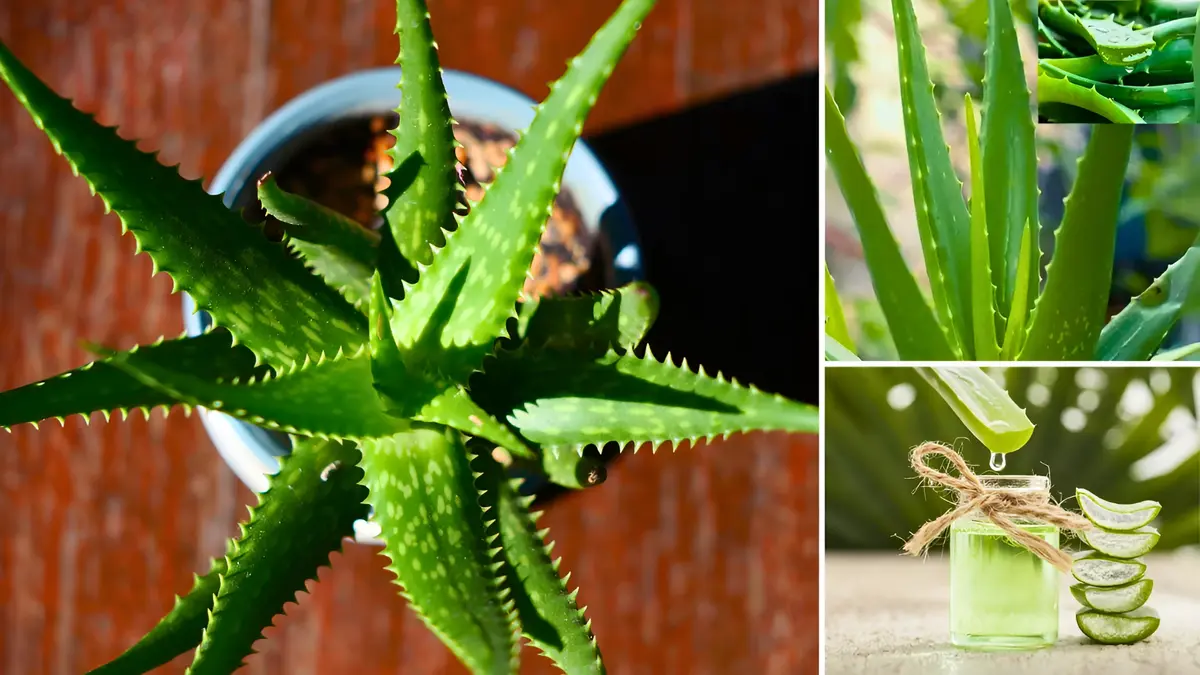Aloe vera is more than just a popular houseplant; it’s a resilient succulent known for its medicinal properties and easy maintenance. If you want your aloe vera to thrive and look its best throughout 2025, it’s important to follow some updated care guidelines. Whether you’re a beginner or have had aloe vera plants before, these seven essential care tips will help you nurture your plant with confidence.
Understanding Aloe Vera’s Natural Habitat
Aloe vera originates from arid, desert-like environments where it thrives on minimal water and plenty of sunlight. Mimicking these conditions indoors or in your garden is key to keeping your plant healthy. Aloe vera prefers warm temperatures and can tolerate some drought but will suffer in overly wet or cold environments. Keep this natural background in mind when creating the perfect environment for your plant.
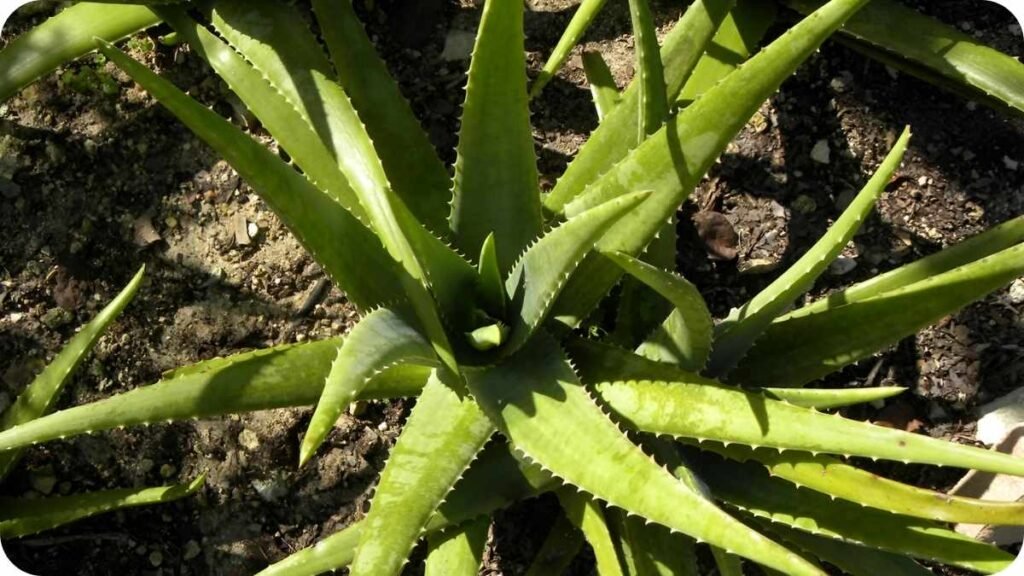
Providing the Right Amount of Light
One of the most common mistakes people make with aloe vera is giving it either too much or too little light. Aloe vera needs bright, indirect sunlight to grow well. Too much direct sunlight, especially in hot climates, can cause the leaves to turn brown or develop dry spots. Conversely, insufficient light can make the plant leggy and weak.
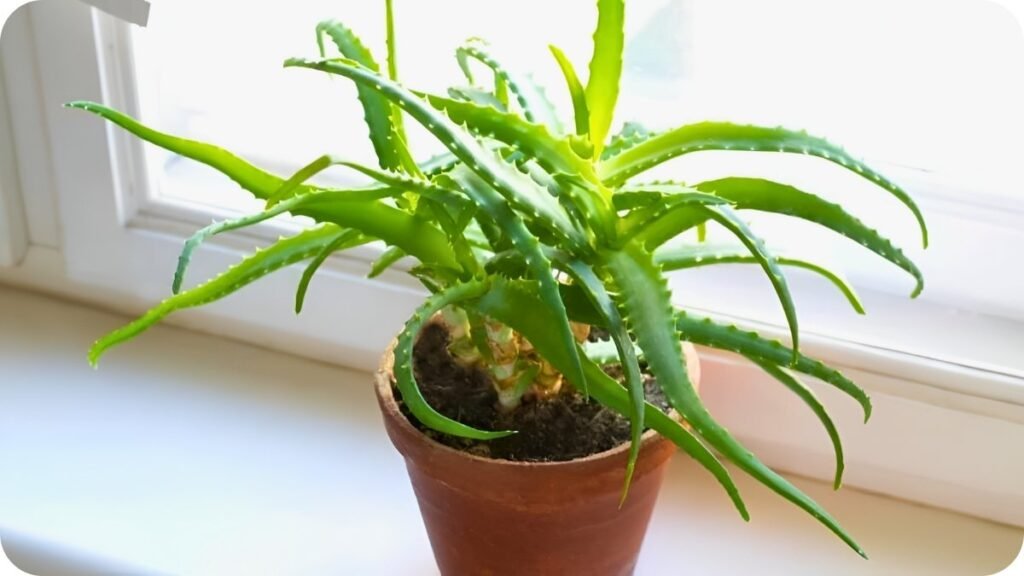
Placing your aloe near a south or west-facing window is ideal, but if your sunlight is too intense, use a sheer curtain to diffuse the light. In winter months, when natural light decreases, consider supplementing with a grow light to keep your aloe vibrant.
Watering Aloe Vera Correctly
Watering is another critical aspect of aloe vera care. Because aloe is a succulent, it stores water in its leaves and can tolerate periods of drought. Overwatering is the leading cause of aloe plant death. In 2025, experts recommend watering your aloe only when the soil is completely dry usually every 3 weeks or so in warm months and less frequently in colder seasons.
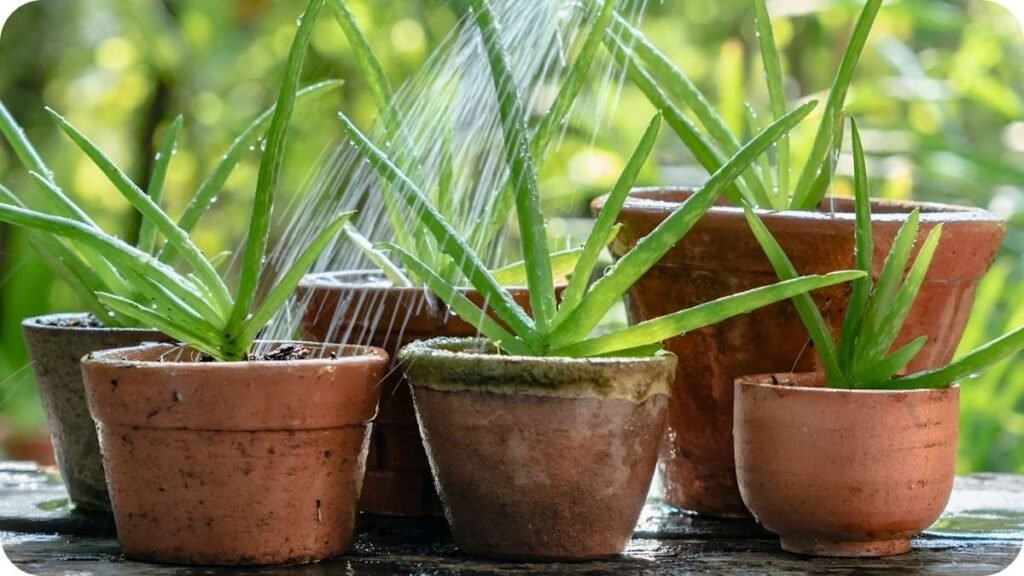
When watering, soak the soil thoroughly but ensure excess water drains out completely. Avoid letting the plant sit in standing water, as this causes root rot. A well-draining potting mix is also crucial for healthy roots.
Choosing the Best Soil and Pot
The soil and pot you use for aloe vera have a big impact on its health. Aloe thrives in sandy, well-draining soil that mimics its natural desert habitat. In 2025, succulent-specific potting mixes are widely available and recommended.
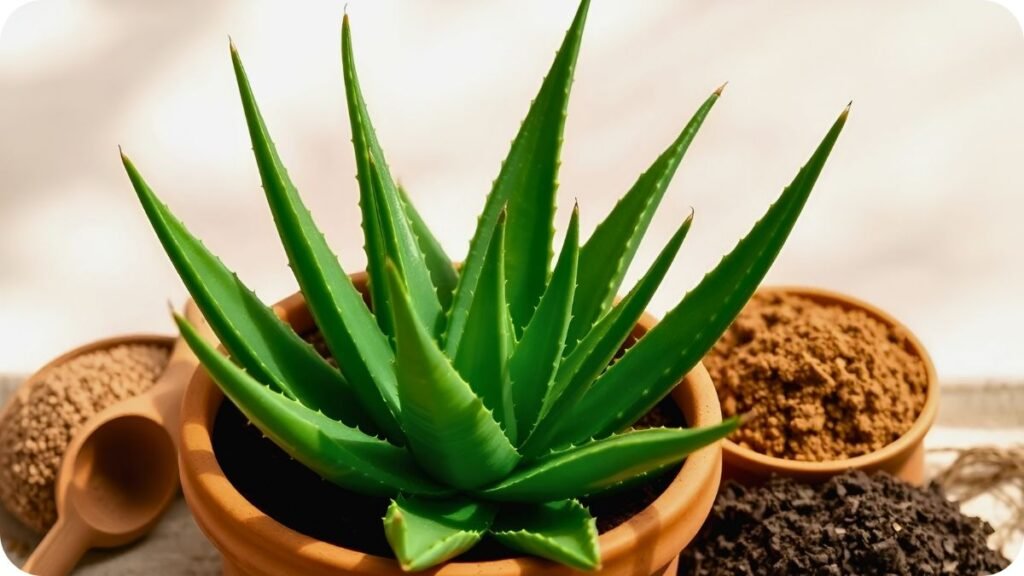
For pots, clay or terracotta pots are preferred because they allow excess moisture to evaporate, preventing soggy roots. Make sure your pot has drainage holes; aloe cannot survive in waterlogged conditions. Repot your aloe every 2-3 years to refresh the soil and give the roots more space.
Fertilizing Aloe Vera Sparingly
Unlike many plants, aloe vera doesn’t need frequent feeding. Over-fertilizing can damage the plant and make it vulnerable to pests. Use a balanced, diluted succulent fertilizer only during the growing season (spring and summer) about once a month. In fall and winter, aloe goes into dormancy and doesn’t need fertilization.
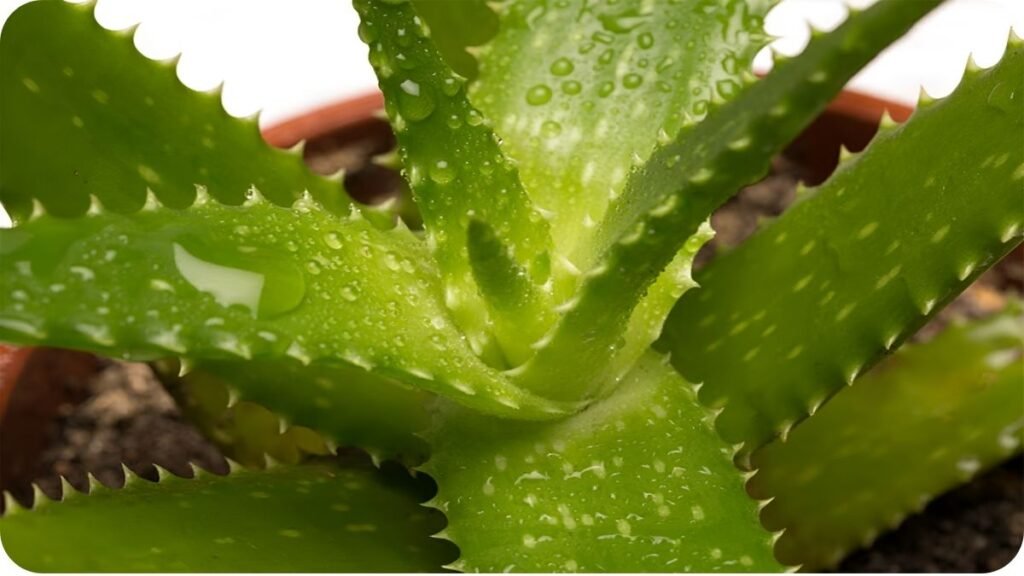
If you prefer natural methods, occasional feeding with compost tea or diluted fish emulsion can also support healthy growth.
Managing Temperature and Humidity
Temperature plays a big role in aloe vera’s health. Aloe prefers temperatures between 55°F and 80°F (13°C to 27°C). It can tolerate brief drops in temperature but is not frost-hardy. In colder regions, bring your aloe indoors during winter or protect it with frost cloth if kept outside.
Aloe also prefers low to moderate humidity. High humidity combined with poor air circulation can cause fungal diseases or rot. If you live in a humid climate, ensure good airflow around your plant and avoid overwatering.
Pruning and Handling Aloe Vera Safely
Regular pruning helps keep your aloe vera healthy and attractive. Remove any dead or damaged leaves at the base using clean, sharp scissors. This prevents disease and encourages new growth. You can also harvest leaves for their gel, but do so sparingly to avoid stressing the plant.
When handling aloe leaves, be careful the gel inside is soothing, but the outer leaf edges have tiny teeth that can irritate your skin. Wear gloves if needed and handle the plant gently to avoid damaging it.
Aloe Vera Care Tips Summary Table
| Care Aspect | Best Practice | Common Mistake to Avoid |
|---|---|---|
| Light | Bright, indirect sunlight | Too much direct sun or too little light |
| Watering | Water only when soil is dry, soak thoroughly | Overwatering or letting sit in water |
| Soil and Pot | Well-draining sandy soil, terracotta pot | Heavy soil or pots without drainage |
| Fertilizing | Once a month in growing season with diluted fertilizer | Over-fertilizing or feeding in dormancy |
| Temperature | 55°F to 80°F (13°C to 27°C), frost protection | Exposure to frost or extreme cold |
| Humidity | Low to moderate humidity with good airflow | High humidity and poor air circulation |
| Pruning and Handling | Remove dead leaves, harvest gel sparingly | Ignoring dead leaves or rough handling |
Final Thoughts
Aloe vera is a fantastic plant that offers both beauty and utility with minimal effort. By following these seven essential care tips in 2025, you’ll ensure your aloe stays vibrant, healthy, and ready to provide you with its soothing gel whenever you need it. Remember, the key is to mimic its natural desert environment: bright but indirect light, infrequent watering, and well-draining soil. With patience and attention, your aloe vera will be a long-lasting companion in your home or garden.
